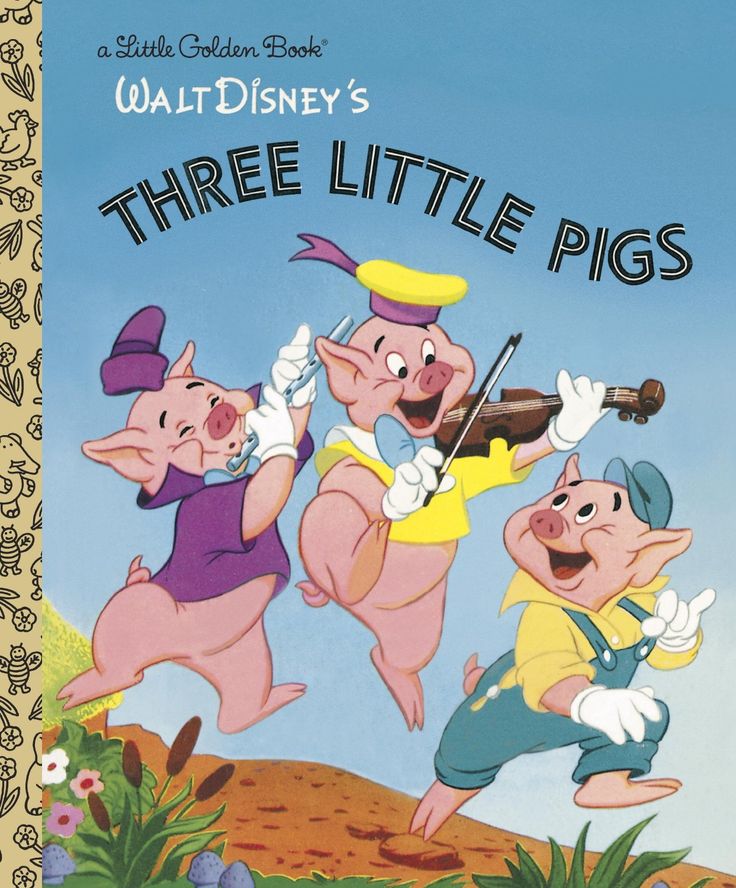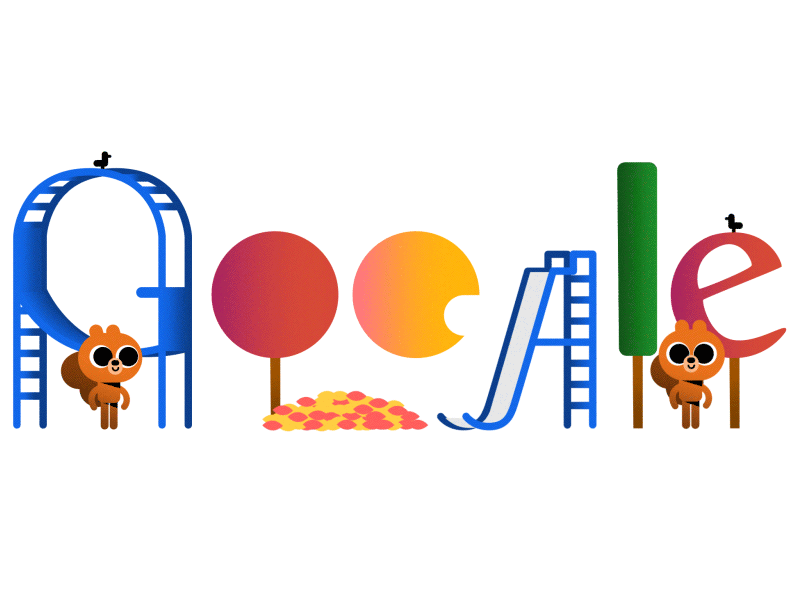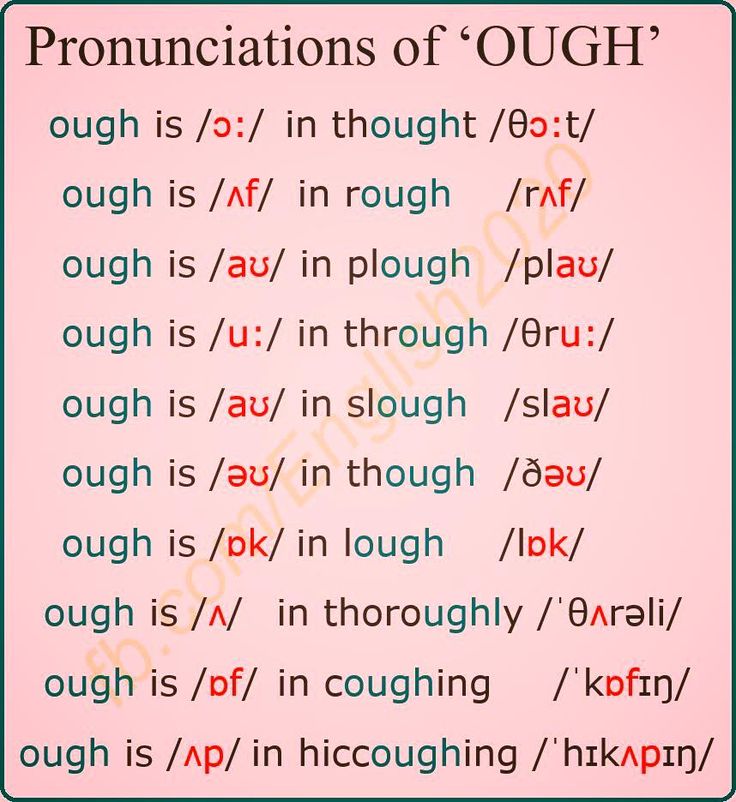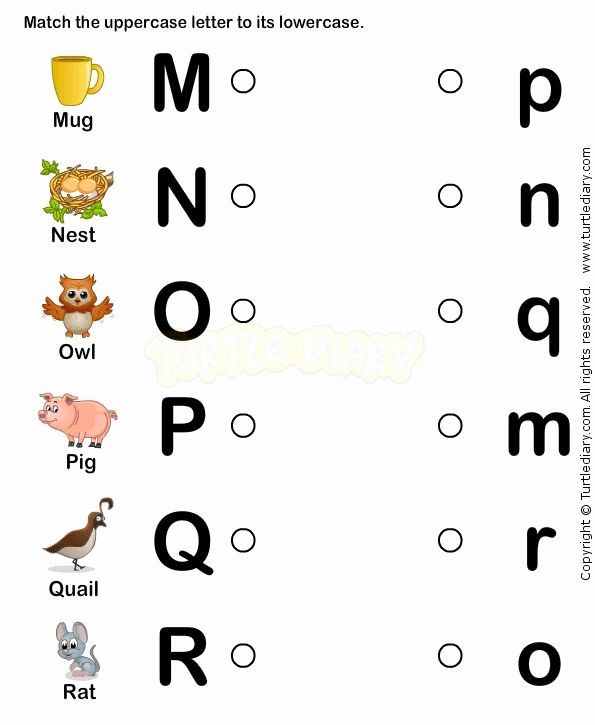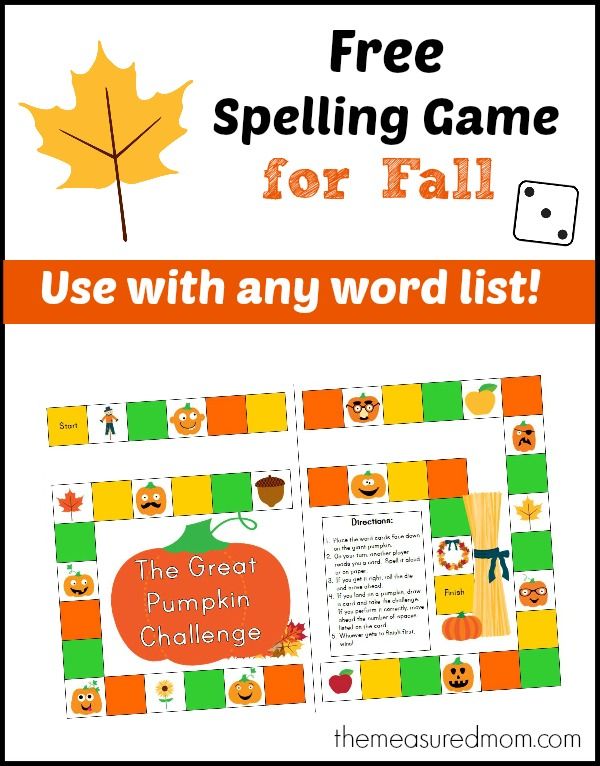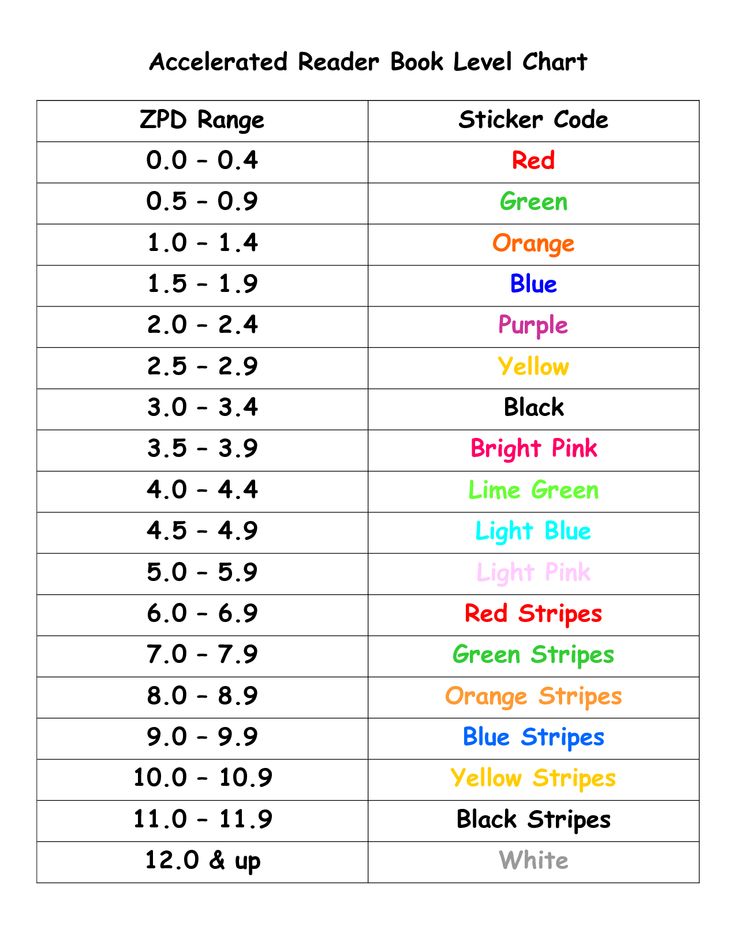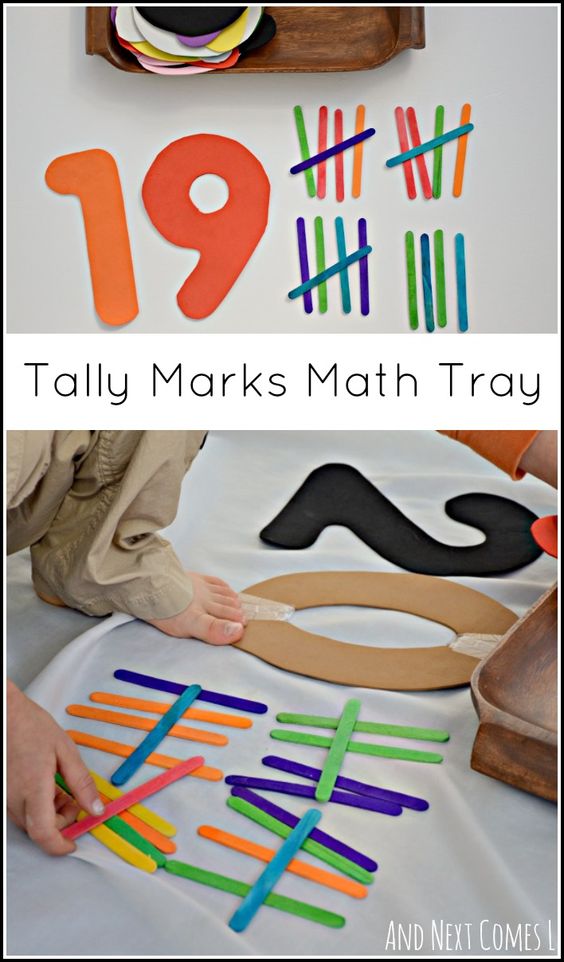Letter recognition activities at home
26 Easy, Fun Alphabet Activities That Give Kids the Practice They Need
Alphabet activities make learning your ABCs more fun. There are so many ways to practice your ABCs, you might be able to do one alphabet activity a day for a year without repeating. We’ve gathered over 25 super fun alphabet activities so kids can play and learn every day.
1. Write letters on dried beans
Large dried white beans are inexpensive to purchase and easy to write on. Grab a sharpie and write all the upper and lower case letters on them. Then put each set in a pile (or baggie) and ask your kids to match them.
2. Letter sort with sticky notes
Write individual letters on sticky notes and then place them all over your house or just on every stair in a staircase. This practice game has a lot of variations—all tied to sorting. Ask kids to sort by:
- lowercase
- uppercase
- letters in their name
- straight lines (H)
- curved lines (c)
- both curved and straight lines (B)
- consonants
- vowels
For even more practice: have them sort their finds into ABC order, match lowercase letters to uppercase letters, and then, find a way to sort them that’s new.
3. Write letters in shaving cream
Squirt shaving cream on a table and let your kids write letters in the cream. Smoothe it out to erase and start again. Bonus: their hands and your table will be cleaner than ever!
Source: Rose and Rex
4. Bend letters with pipe cleaners
Pipe cleaners have always been a trusted source of good fine motor practice as well as a fun craft resource. Now use them to have kids create uppercase and lower case letters.
Learn more: make and takes
5. Make sensory ABC bags
This one is great because you can change up what you put in here and even move to sight words. You’ll need a gallon bag with a ziplock top. Add letters written on pieces of paper, magnetic letters, scrabble tiles, or anything else you can think of with letters. Then fill the bag with rice or oatmeal and seal it. Kids dig through the rice through the bag to find the letters. When they find them, they write down the letter they find until they locate all 26 letters of the alphabet.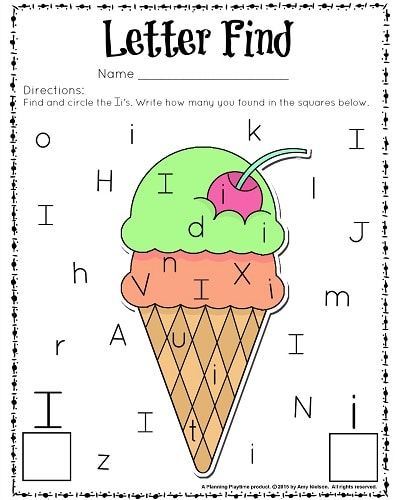
For more sensory ideas: Little Bins Little Hands
6. Find invisible letters with watercolors
This is a classic. Using a white crayon, draw letters on a piece of white paper. Give your kids watercolor, let them paint the paper, and watch the letters appear.
Learn more: Gift of Curiosity
7. Play musical alphabet
Set up letters in a big circle on the floor. You can use magnetic letters or just write them on index cards. Put music on and have your child walk around the circle to the music. When the music goes off, your child tells you the closest letter. Expand on it: ask your child to name three things (colors, animals, etc) that start with that letter.
8. Sponge the alphabet
Cut sponges into letters and use them for sponge painting letters or playing in the tub.
Learn more: Learning 4 Kids
9. Put together name puzzles
Write the upper and lower case letters in a name and then cut them apart in a simple zigzag.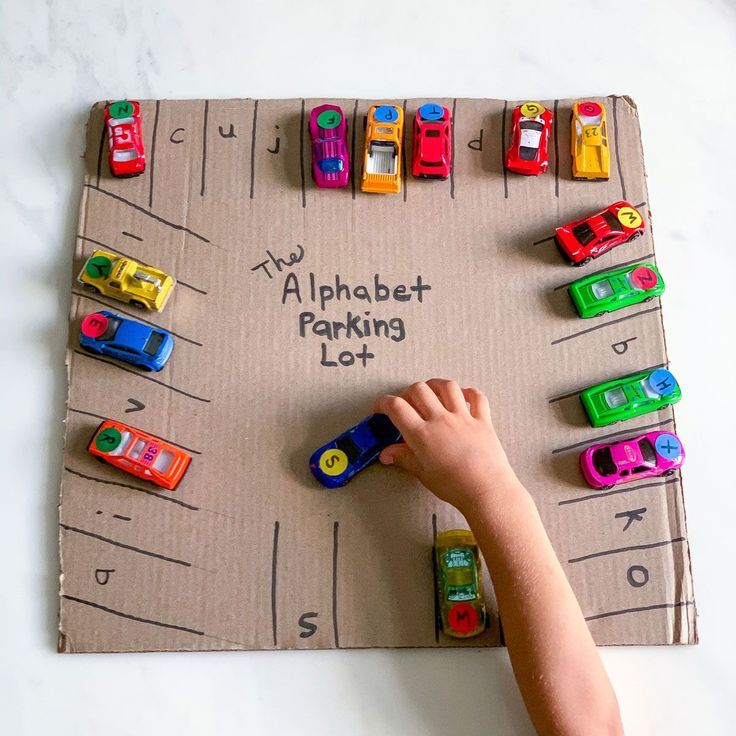 Mix up the letters and ask a child to match them up and put them in the right order.
Mix up the letters and ask a child to match them up and put them in the right order.
10. Make letters from nature
Find the alphabet right outside. Choose natural objects that already look like letters, or arrange them to look like them.
To learn more: Right Brained Mom
11. Eat your ABCs
We know from Alphabet Soup that eating your ABCs is plain old fun. So think of all the ways you can practice the alphabet at mealtime. Pancakes can be made into letters, jello can be cut into letters, and noodles can be used to make letters (just to name a few).
Learn more: Parent Map
12. Go on an alphabet scavenger hunt
The fun part about this for grown-ups is that there is no prep. Tell kids to go find objects that start with each letter of the alphabet. To make this game take longer, designate spots for them to bring each item back—one at a time. Every item must be approved before they can move on to the next. This allows for fewer meltdowns at the end when an item is deemed inaccurate.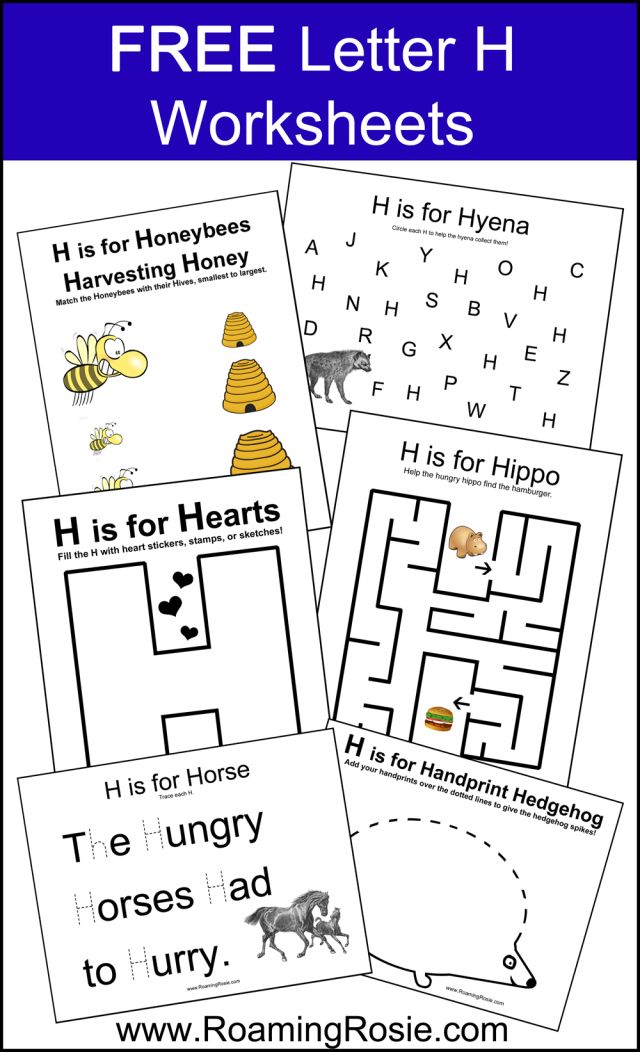
13. Make your own ABC book
Personalizing the ABCs helps kids process and retain their learning. One of our favorite alphabet activities starts by creating a book out of 26 pieces of paper and staples or hole punches and a ribbon. Have kids write an uppercase and lowercase letter on each page. Finally, have them draw or cut out pictures of things that start with each letter. Voila!
Learn more: Teach Mama
14. Create ABC popup books
Use the following tutorial video to learn how to make different kinds of pop up pages. Then, create a page per week for 26 weeks for each letter. At the end, use a glue stick to glue them all together to make an ABC popup book!
15. Stamp letters in playdough
Roll out playdough and push letter stamps right into the dough. This is both tactile and great for practicing ABCs.
Learn more: I can teach my child
16. Make tactile letter cards
There’s lots of research (and experience) to support the value of using all the senses to learn.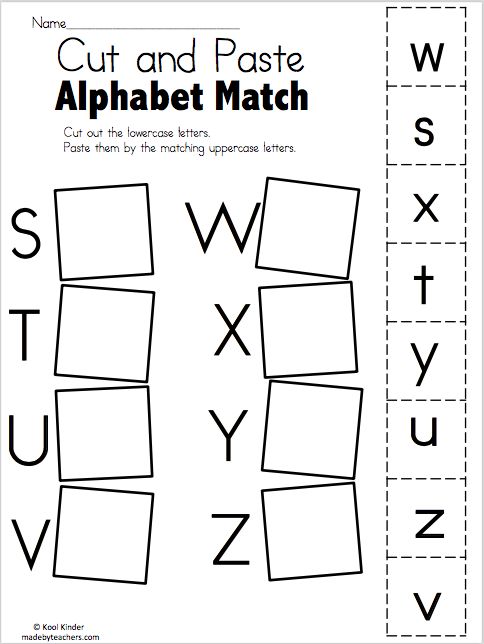 Making these tactile alphabet cards will be fun and have lasting benefits.
Making these tactile alphabet cards will be fun and have lasting benefits.
Learn more: All About Learning
17. Trace letters in spices
This one combines touch, smell, and sight. It gives you an opportunity to talk about what we uses spices for as well. Put the bottle in front of a child and have them write the spice name in the spice to make things a bit more challenging.
Source: Frog in a Pocket
18. Study a letter of the week
Many PreK and Kindergarten classes do a letter of the week, and for good reason. Teachers all share that instant recognition of letters and practice writing them is so important for learning to read. Doing alphabet activities for one letter each week reinforces knowledge and recollection.
For weekly activities: Preschool Mom
19. Do the yoga alphabet
Show kids this video and take the time to learn each yoga pose. Connecting the mind and the body is great for learning.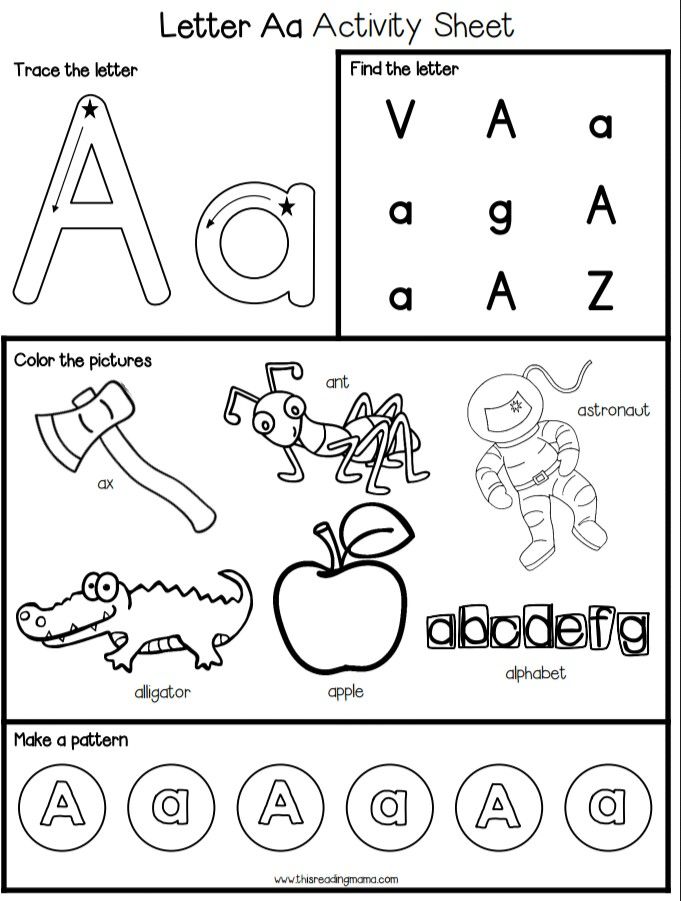
20. Sing songs about the alphabet
Everyone loves to sing the alphabet song, but did you know there are lots of other songs to sing that can help you remember the alphabet? Try out this Sesame Street favorite:
21. Draw pictures from letters
Using letters as a starting point, teach kids how to draw. If this is too difficult at first, just write a letter and then draw a picture around the letter.
Learn more: Felt Magnet
22. Highlight letters on a page
Print a page of text or grab your favorite magazine and a highlighter. Ask kids to highlight as many of one letter as they can find. This is also great for sight word recognition.
Here’s a freebie from The Inspired Apple to get you started.
23. Do-A-Dot letter tracing
These dot markers make tracing letters more fun and help kids with directionality and remembering how to write and recognize letters.
Free Dot tracing sheets: DTLK’s Educational Activities for Kids
24.
 Play letter slap
Play letter slapMake 2 sets of index cards with all the letters on them (52 cards in all). Shuffle the cards together and deal them so each kid holds 26 cards. Together each player takes their top card and turns it upright. The player with the letter closest to A wins the hand and takes the card. If two of the same letter are played, the players slap the card. The one on the bottom of the slip wins the hand. The game ends when one player holds all the cards.
25. Match plastic Easter egg letters
Surely you have some plastic Easter eggs hanging around your attic. Use a Sharpie or letter stickers to put an uppercase letter on one half and a lowercase letter on the other. Then separate the two and throw them all in a basket. Kids pull them out and match them up. Tip: Add difficulty by not coordinating the colors.
Learn more: Crystal and Co.
26. Create loose part letters
What are loose parts? Loose parts are exactly what they sound like—a collection of loose materials or objects.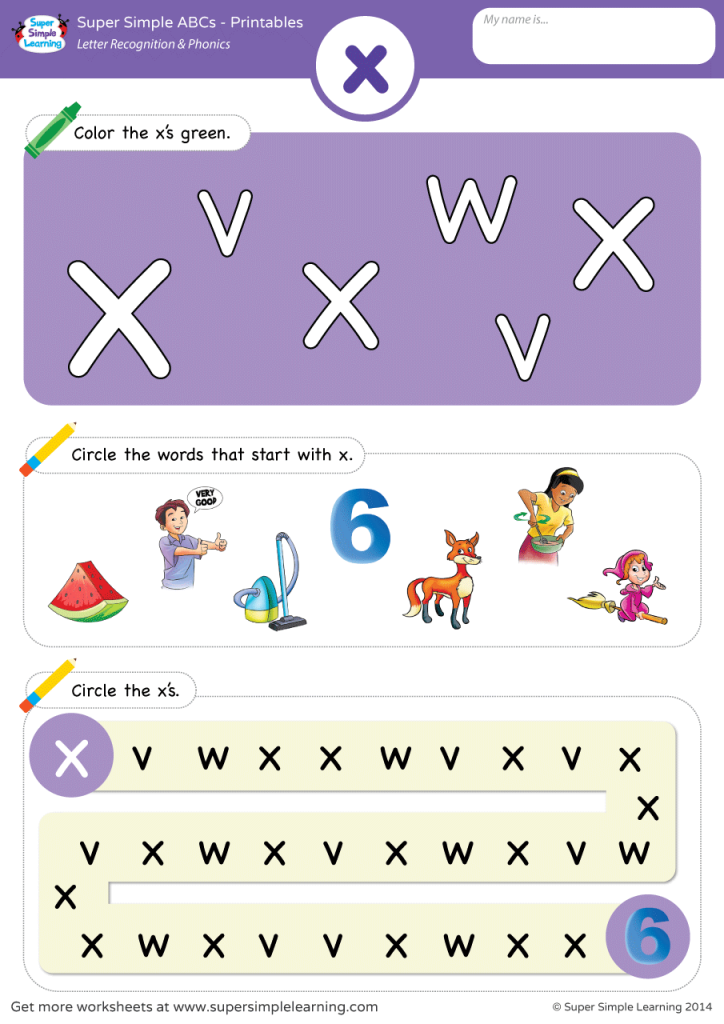 These can be small pebbles, bottle caps, random LEGO bricks, seeds, keys, anything. Draw big letters on a piece of paper and have kids line up loose parts to make the letter.
These can be small pebbles, bottle caps, random LEGO bricks, seeds, keys, anything. Draw big letters on a piece of paper and have kids line up loose parts to make the letter.
Recognizing letters is a fundamental part of learning how to read. Without it, children struggle to learn letter sounds and identify words. Beginning readers who know their alphabet have a much easier time learning to read. Making alphabet practice a part of every day in fun ways helps create a lifelong love for letters and words.
What games and activities do you like to use for practicing the alphabet?
Plus, our favorite activities using alphabet beads and the best alphabet books.
10 Letter Recognition Activities - Days With Grey
The curiosity about how to teach letters to your child is such a hot topic! Learning the alphabet unlocks so many new doors, and letter recognition is the foundation of early literacy.
“How do I teach my child the alphabet,” is one of the most commonly asked questions.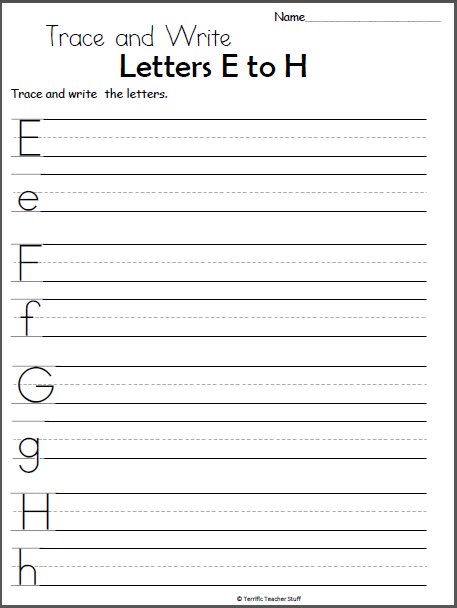 What we have learned in more recent studies is that helping our children hear letter sounds and watch our mouths when we form letters is more important than memorizing. Learn why hands-on learning is important for child development and easy ways you can set up ways to practice.
What we have learned in more recent studies is that helping our children hear letter sounds and watch our mouths when we form letters is more important than memorizing. Learn why hands-on learning is important for child development and easy ways you can set up ways to practice.
Here are 10 letter recognition activities for toddlers and preschoolers. Recognizing a letter can happen in four forms; uppercase print, lowercase print, uppercase cursive, and lowercase cursive. To better understand reading development, read our article, A Parent’s Guide to Phonemic Awareness.
This article will look closely at alphabet recognition and how you can help your child learn the letters. – All through hands-on play, of course!
RELATED: Here are five ways to incorporate reading readiness into your daily routine with toddlers, preschoolers, and big kids.
What Is Letter Recognition?
Letter recognition is the ability to identify letter names, recognize what a letter looks like, recognize how a letter sounds, and how notes come together to make blended sounds.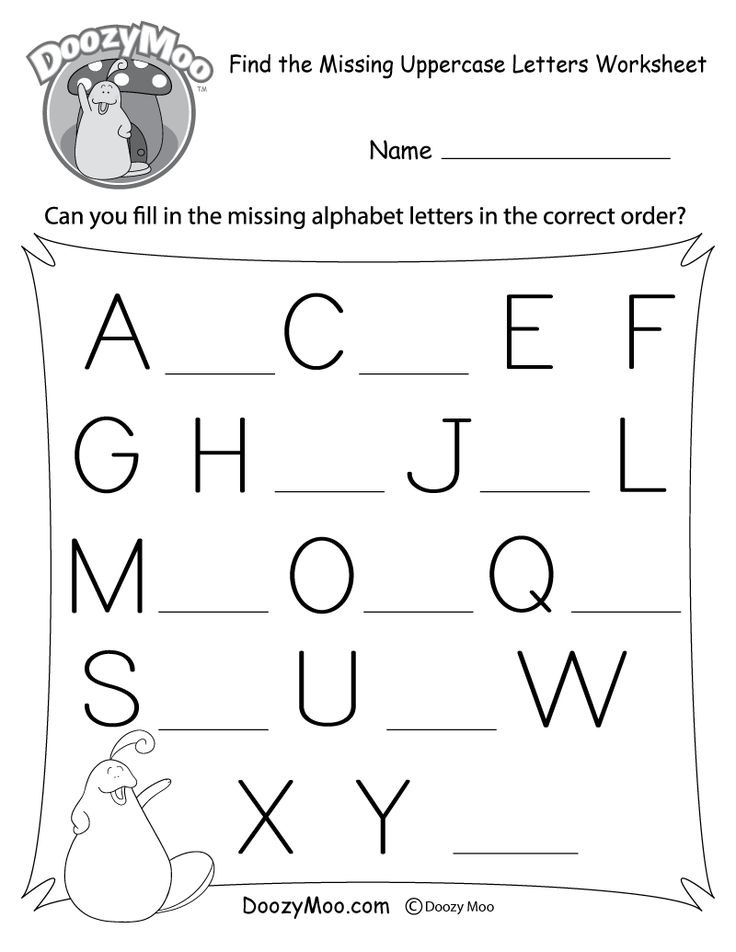
The alphabet does not need to be taught in a specific order; however, many believe teaching should begin with the most common letters. For example, T, L, and M will be taught before X and Q.
I like to begin with the letters in my child’s name.
Activities on Demand
Want great ideas without the ads? Download these 20 hands-on learning games for kids.
Why is Letter Recognition Important?
By Kindergarten, children learning under the Common Core will be asked to recognize and remember lowercase letters of the alphabet.
Let’s remember that we have plenty of time to build solid foundations of what letters look like, what they are called, and what sound they make.
In preschool, we want to respect this time and introduce letters with lots of room for learning through play and exploration. Exploring the letter names, what a letter looks like, letter sounds, and letter relationships take time to develop!
RELATED: 101 preschool activities to use throughout the year!
Typical Stages of Letter Recognition:
- Letter Names: Understands letters have names.

- Identify 10 Letters: Can identify ten letters, including their name. This is when they also begin to recognize their name in print.
- Case Differences: Begins to identify lowercase and uppercase letters.
- Letter Sounds: Develops a more in-depth understanding that letters stand for sounds.
- Mastery: Masters all letter sounds and can identify letter names.
RELATED: Alphabet toys are a great addition to toys toddlers and preschoolers use daily!
How to Teach Letter Recognition:
- Start with the letters in your child’s name: These letters will have meaning, and your child will be invested in wanting to remember them. Begin with these 15+ Name Activities.
- Show how the letter is formed: Is it a straight line? Curve? Do you recognize a point in your letter?
- Read ABC books: Here is an excellent list of ABC books from Happily Ever Elephants.
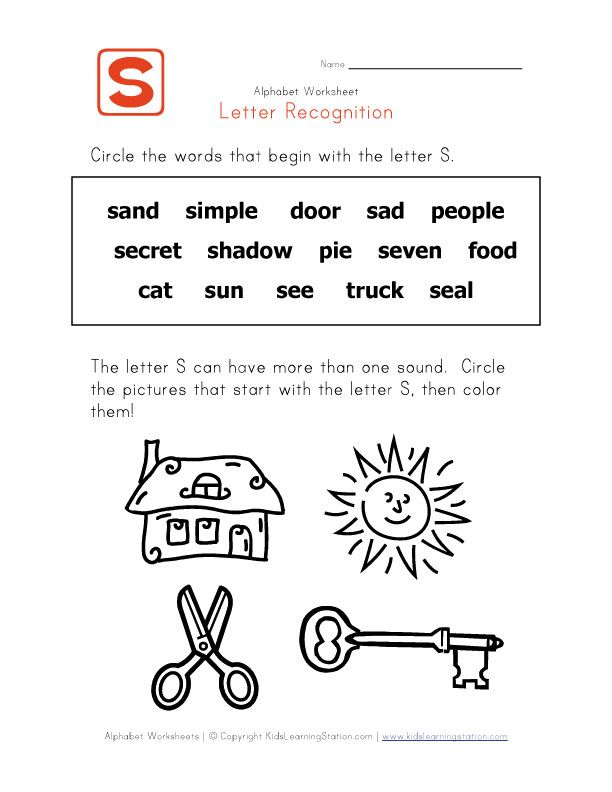
- Use a poster: Write your child’s name on a poster and hang it in their room. Decorate posters with the letters of the alphabet. Hang them at eye level.
- Magnetic letter play: Play with magnetic letters so they can be creative and get comfortable with letter recognition.
- Songs: Sing songs about the alphabet.
- Sound and picture: Match letter sounds with pictures.
- Play games: Letter cards are great for recognition learning (and fun!)
- Make ABC books: Have your child stamp, and you write the words.
- Relate letters to people they know and love: Share and begin to recognize the names of family and friends.
- Sound it out: Talk about how the letter sounds. H, hat, /h/.
- Write it out: After much practice with fine motor skills, begin to write the letters.
10 Activities to Introduce, Improve, and Practice Letter Recognition.
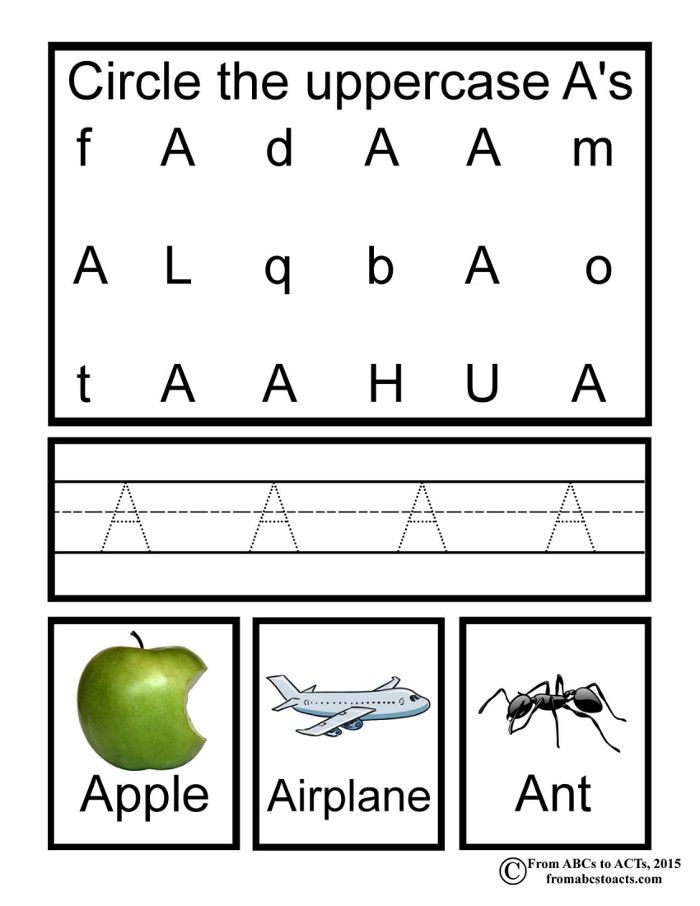
Now more than ever, parents are stressed about doing too much. According to this survey that shares the impacts of the pandemic on young children and their parents, the frequency of parents reading to children and indoor play has dropped.
Parents are more likely to rely on screens because it is a way to decompress after a long work day. (No judgment, it is impossible to do all the things. I feel it too.)
This letter recognition post is intended to share low-prep activities to bring back hands-on learning through play that will feel as easy to set up as relying on digital devices.
RELATED: If you have a toddler just starting, begin with these quick and easy letter recognition activities that use two letters simultaneously.
Rock Letters Alphabet Activity
This easy alphabet idea comes from our activity cards set one. Gather some black rocks from the dollar store and write a few letters on each one with a white permanent marker. Have your toddler or preschooler practice with the first letter of family members’ names.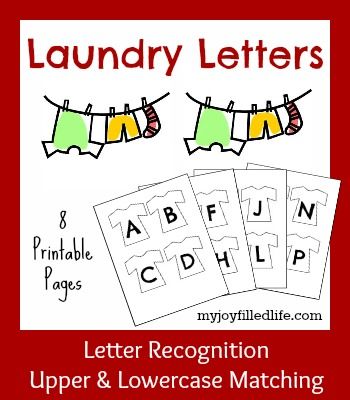 Next, try playing with all the letters in your child’s name.
Next, try playing with all the letters in your child’s name.
Alphabet Sort; Straights and Curves
Did you know that letters have curves, straights, slants, tunnels, and dots? I didn’t either until it was pointed out to me. Seeing and recognizing this is the first step to writing the letters. Let’s pay attention to how a letter looks before putting the pencil in their hand and asking a child to write their name.
Letter Poke and Find
Grab your muffin tin! This alphabet surprise game is a hoot. Put letters in the muffin tin and cover with tissue paper. Your child plays by poking through the tissue paper and recalling the letter name pulled. This is a great risk-free way to ask your child which letters they recognize without the stress of flashcards.
ABC Bean Sensory Bin
Beans are a hit for sensory play. Bury a few plastic lacing letters and invite your child to dig in. Grasping these small letters will help with fine motor development and stimulate the senses for more learning!
RELATED: Does your child enjoy sensory play? Check out these 40 sensory bins for kids.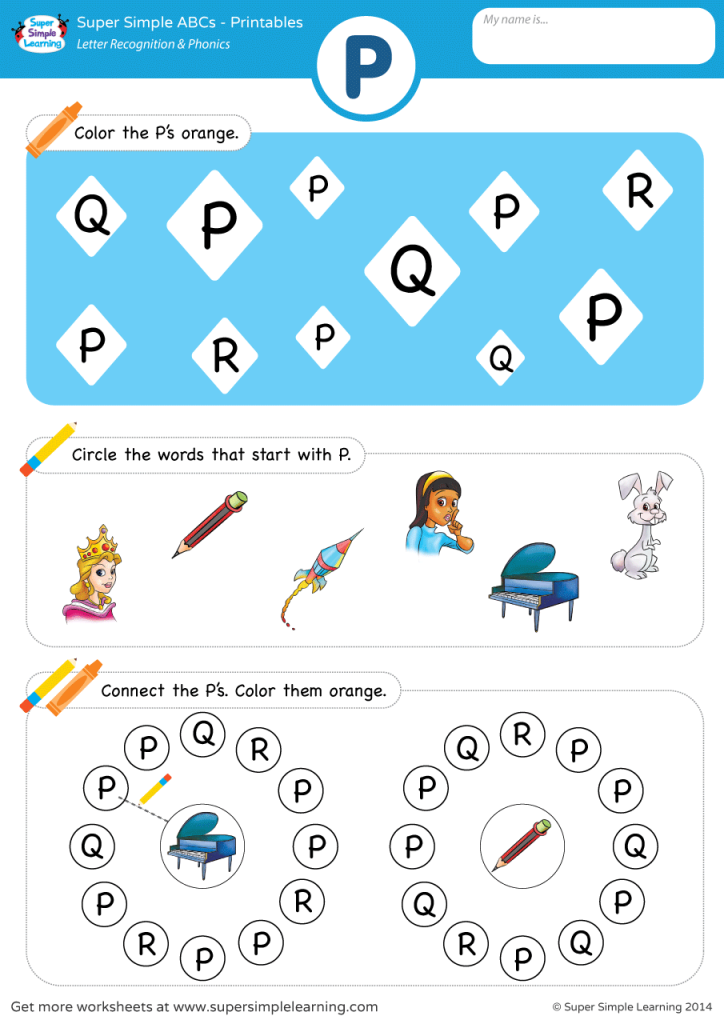
Letter Recognition Drive and Park
Curious about which letters your child knows but also wants to tread lightly? Good call! I also don’t enjoy being interrogated. Your child drives each car to the correct parking spot as you call out letters for this letter recognition activity. If your child is new to learning letters, use less. We can add on more letters as your child develops.
Find your Name
Cheers to a classic name activity. (you can also find it in this 15+ name activities for kids post). Write the names of family members throughout the paper. Next, invite your child to find their name on the giant poster and circle it. This is an excellent way to prep for writing and hold a steady hand as your child circles each name.
Splash the Alphabet
When the weather warms up, head outside to splash the alphabet. For this idea, I like to take a back seat with a large seltzer and show my child a letter card. We talk about the letter name and the letter sound; then, he is off to splash it with colored water.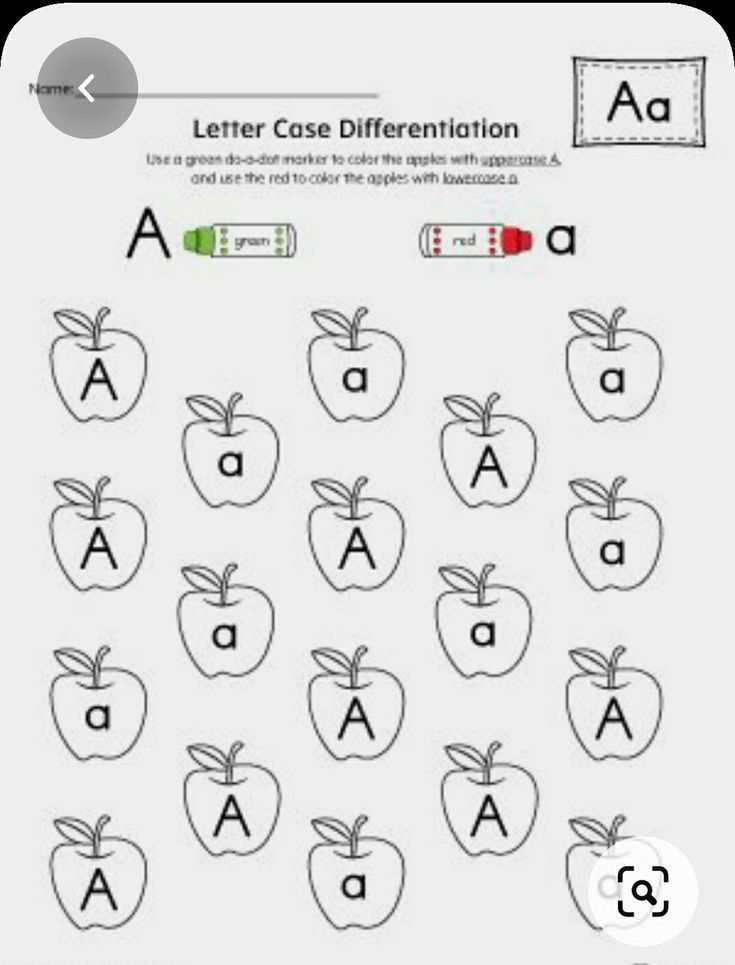 This is a BIG win – especially for reluctant learners.
This is a BIG win – especially for reluctant learners.
Write with Magnets
We made this magnetic board years ago, but never underestimate a cookie sheet! Make a large letter using tape and have your toddler or preschooler follow the lines with transportation magnets or race cars. This letter activity is a fun prewriting activity to practice the lines and curves of letters.
RELATED: Ready to write? Here are the stages of writing development.
Fine Motor Letter Grab
Let’s put those lacing letters to good use with another activity. Here, your child will fish the letters out from the pond and color-sort them when finished. As I sip my hot tea, my preschooler and I chat about the letters he grabbed. Skills practiced are fine motor development, hand-eye coordination, letter recognition, and color sorting. Phew! Can you believe all that in ONE idea? Five stars.
Alphabet Bingo – with a twist!
Remember bingo? Here is how your child can play solo.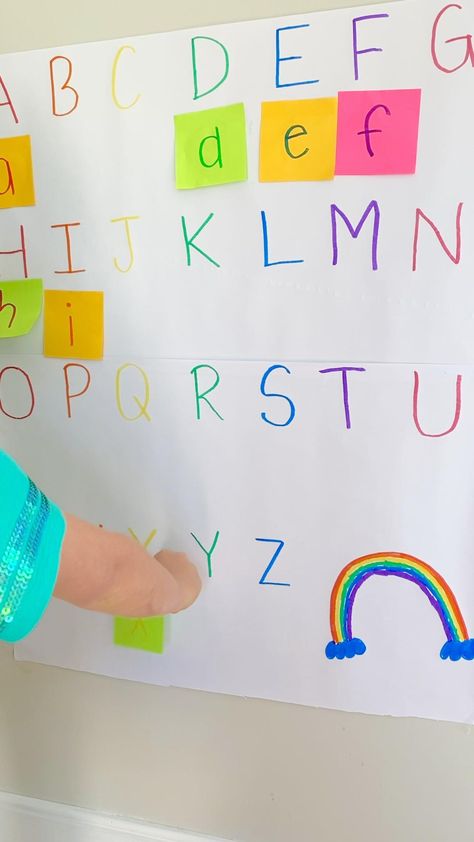 Grab some letters and place them in a tissue box. Write the letters you picked on the paper. Invite your child to dig in the box and try and get five in a row to win. This makes a fantastic morning activity we like to call Breakfast Invitations.
Grab some letters and place them in a tissue box. Write the letters you picked on the paper. Invite your child to dig in the box and try and get five in a row to win. This makes a fantastic morning activity we like to call Breakfast Invitations.
Kindergarten Word Families
As your child begins to put sounds together, head to this Kindergarten word family post for a list of consonant, vowel, and consonant words. We call these words CVC words or word families. Invite your child to think of words in the -at family by changing the beginning sound. If it is a word, try using it in a sentence. Toss the letter into the nonsense word dish if it makes a nonsense word.
Another great activity for Kindergartners to explore beginning sounds is this picture and sound match-up we played with my five-year-old.
More Letter Activities
- Alphabet Ice Sensory Play
- Giant Alphabet Dot to Dot
- Writing Letters with Race Cars
Frequently Asked Questions
How do you teach the alphabet?
Start with the letters in your child’s name. These letters are familiar to children, which makes them more invested. Children who feel connected to learning are more likely to take risks. Use these 15-name activities to get started.
These letters are familiar to children, which makes them more invested. Children who feel connected to learning are more likely to take risks. Use these 15-name activities to get started.
What if a child struggles with memorizing letter names?
We can take a step back when a child struggles to memorize letter names. Begin talking about the letters you notice in your environment and invite your child to play with the letters in their name. Take learning letters slow to honor your child’s pace. Meet your child at the stage they are by identifying a few letters at a time. Add more letters as your child develops.
My child is ready to read. What next?
When children show reading readiness, we want to model what our mouth looks like when saying the letter sound. Begin talking about how our voice box vibrates (or doesn’t) when making the letter sounds. Bringing attention to these details will help your child decode words as reading becomes more complex over the years.
Days with Grey is a participant in the Amazon Services LLC Associates Program, an affiliate advertising program. As an Amazon Associate, I earn from qualifying purchases. Read more about these links in my disclosure policy.
Learning to pronounce the letter "P" at home. Exercises and games
No matter how hard you try, does your child still say “smile” instead of “fish”, “lacquer” instead of “cancer” and “comb” instead of “comb”? Yes, the sound [p] is the most difficult in terms of education and pronunciation for children. Therefore, they try to replace it in any way convenient for themselves.
⠀
Now you will get acquainted with simple exercises and games that will help you quickly teach your child to pronounce the sound [p] without resorting to the help of specialists. nine0003
Strengthening the tongue. 4 fun exercises!
In order for the child to have the long-awaited sound [p], you need to practice a little and strengthen the tongue.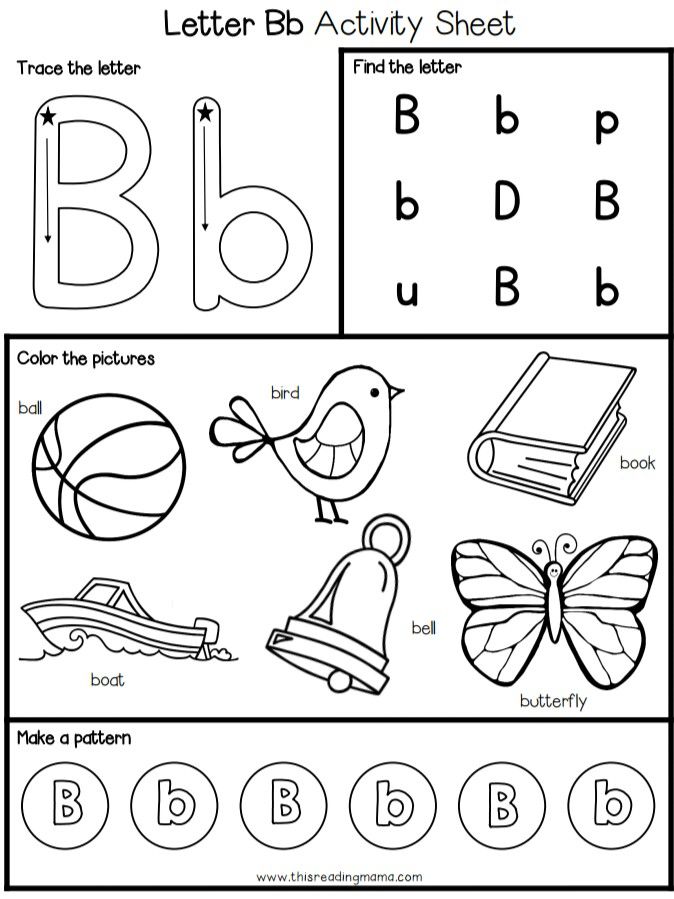 And here, game articulatory gymnastics helps a lot. All exercises are very simple and fun, so the child will be happy to repeat them after you.
And here, game articulatory gymnastics helps a lot. All exercises are very simple and fun, so the child will be happy to repeat them after you.
⠀
First do it yourself, and then connect the child.
1. "Pancakes"
Smile and open your mouth. Place a wide, relaxed tongue on your lower lip and hold this position for 3 to 5 seconds. nine0003
All children love to stick their tongue out, so yours will be happy to repeat this exercise.
2. Playful Tongue
As in the previous exercise, place a relaxed tongue on your lower lip and pat it with your upper lip, as if saying "pa-pa-pa". Then lightly bite your tongue with your teeth. Ask the child to repeat and do 3 to 5 such circles together.
3. "Horse"
Remember how a horse walks on asphalt? Now play this sound with your tongue. Happened? Now ask the child to repeat. Click to your heart's content! This exercise perfectly trains the tongue and prepares for a clear pronunciation of the sound [p]. nine0003
nine0003
4. "Fungus"
Did you click? Now press your tongue against your palate and let it rest. If at the same time you look in the mirror, you will see that the tongue has taken the form of a mushroom with a large hat. Count to 5 and relax your tongue. Then put the child next to you and ask them to repeat.
⠀
Do 3 to 5 reps.
All these exercises are best performed in front of a mirror, so that it would be interesting for the child to observe his tongue.
⠀
And you can also take a toy tongue-glove to help and additionally show all hand movements. nine0003
⠀
Do these exercises daily in a game format, and soon the child's tongue will be ready to produce the sound [r].
⠀
TIP: so that the child does not resist and willingly repeats after you, do not tell him that you are doing a special workout, but simply call him to play.
Teaching a child to recognize the sound [r] by ear and forming a habit of it
Now let's work on recognizing the sound [r] by ear. nine0003
nine0003
⠀
Most often, children replace the sound [r] with [l], [s], [th], [c], [g]. And before setting up [r], you need to teach the child to recognize it in words.
⠀
To do this, use games to develop phonemic hearing. For example, ask your child to clap their hands when they hear the [r] sound in a word. Thus, he will remember the correct sound and get used to it.
Trying to put the sound "P"
Now that the child's tongue is well trained, you can try to put [p]. This will help another fun game. nine0003
Rocket Drum
Try it yourself first. Touch the bumps on the palate with your tongue and tap on one point, making the sound "d-d-d-d". In this case, the chin should remain motionless, only the tongue works. Happened?
⠀
Great! Now leave your tongue up and exhale sharply so that the tip of your tongue rattles, imitating a muffled sound [p].
⠀
Now call the child to play.
⠀
Say: “Let's play drum with the tongue.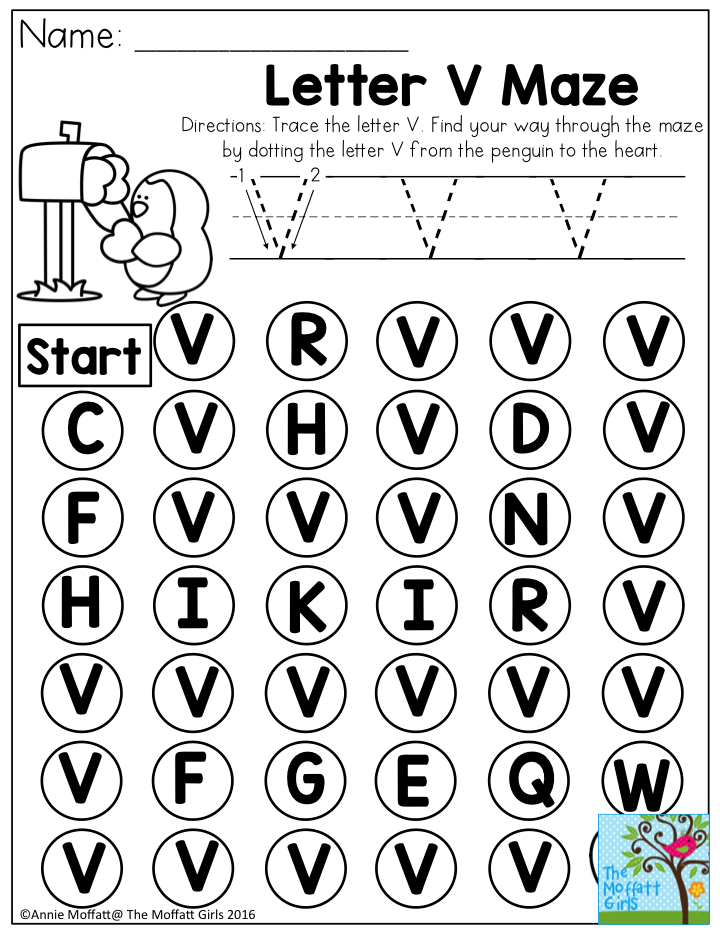 And then we'll fire a rocket out of the mouth."
And then we'll fire a rocket out of the mouth."
Give this game a few minutes a day and you will see how with each "rocket launch" the child will start to get better and better sound [p].
⠀
And when he confidently “growls”, go to the next and most fun stage - automation (fixing).
Automating the sound [P]
At this stage, you can come up with a lot of fun games. Start with the simplest ones. Here are some examples for you. nine0003
Parrot
Ra-ra-ra! Ra-ra-ra!
Where does the mountain come from?
You don't know?
Well, then repeat the words after me:
Hurray! What a big mountain!
Hurray! Summer time!
Hurray! What a heat!
First say each line yourself, and then ask the child to repeat. This game automates the pronunciation of the sound [r] and expands vocabulary.
Use riddles where the answer is a word with the sound [r]
For example:
It is not necessary to offer these exercises and games to the child on the same day. He may get tired and lose interest. It is better to devote 5-10 minutes every day and try new exercises, so the child will not get bored and the result will not be long in coming.
He may get tired and lose interest. It is better to devote 5-10 minutes every day and try new exercises, so the child will not get bored and the result will not be long in coming.
Well, if you don't have enough time even for these simple exercises or your child is hard to get interested in something, sign him up for our classes.
⠀
We will learn the Russian alphabet with him, teach him to pronounce [Р] and other difficult sounds and, of course, teach him to read. All lessons are conducted in the form of a game, so your fidget will run to the lesson himself and will study with pleasure. nine0003
⠀
Want to try? Sign up for a free trial lesson here.
⠀
Read also:
Does a child speak badly at 5 years old? Causes and what to do about it
Why can't a child learn to read?
Games and exercises for the development of phonemic hearing
5 easy and quick ways to learn the alphabet with a child 3-6 years old - Somersault
Before learning the alphabet with a child, it is important to understand what you will not do.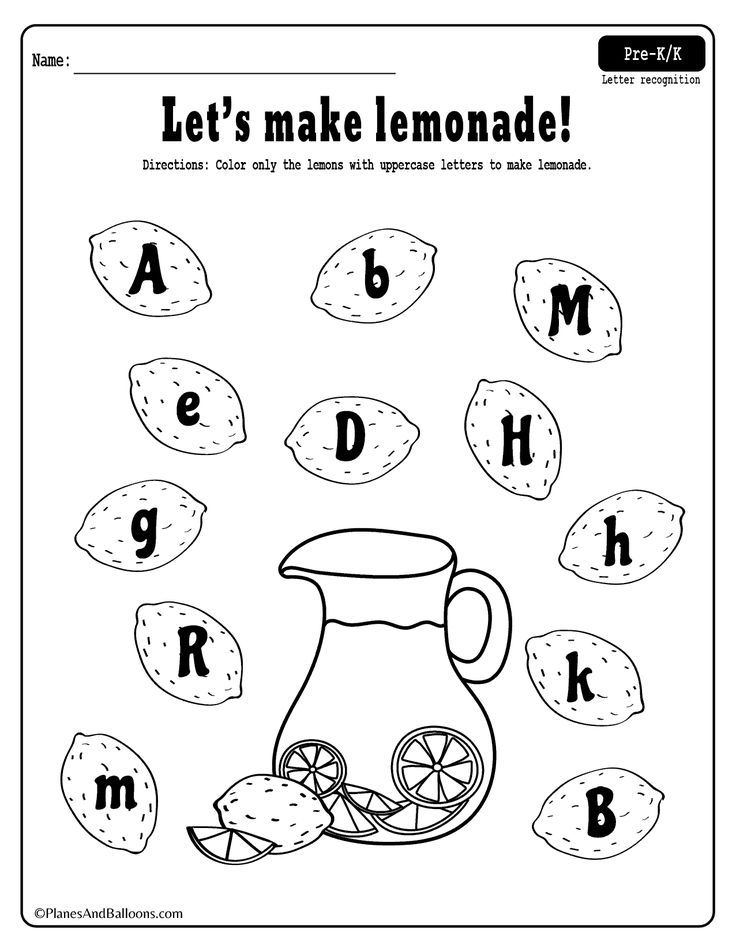 Namely, learning to read. This is a more complex skill, so it is worth putting it off until the time when the child gets acquainted with all the letters and will confidently recognize them and write on their own. Until then, put off the alphabet and reading by syllables. nine0003
Namely, learning to read. This is a more complex skill, so it is worth putting it off until the time when the child gets acquainted with all the letters and will confidently recognize them and write on their own. Until then, put off the alphabet and reading by syllables. nine0003
In this article, we have put together the basic principles to quickly learn the Russian alphabet with a 3-6 year old child in a playful way. For all games with letters, you can use plasticine, paints and any improvised means or magnetic letters ROOM - they will easily attract the child's attention.
Contents:
- Learning the Alphabet Easily: Basic Principles
- 5 ways to learn the alphabet with your child
- From alphabet to reading
How to Learn the Alphabet Easily: Basic Principles
Each child can find an easy way to learn the alphabet that suits him or her, but there are basic principles that are important for all children.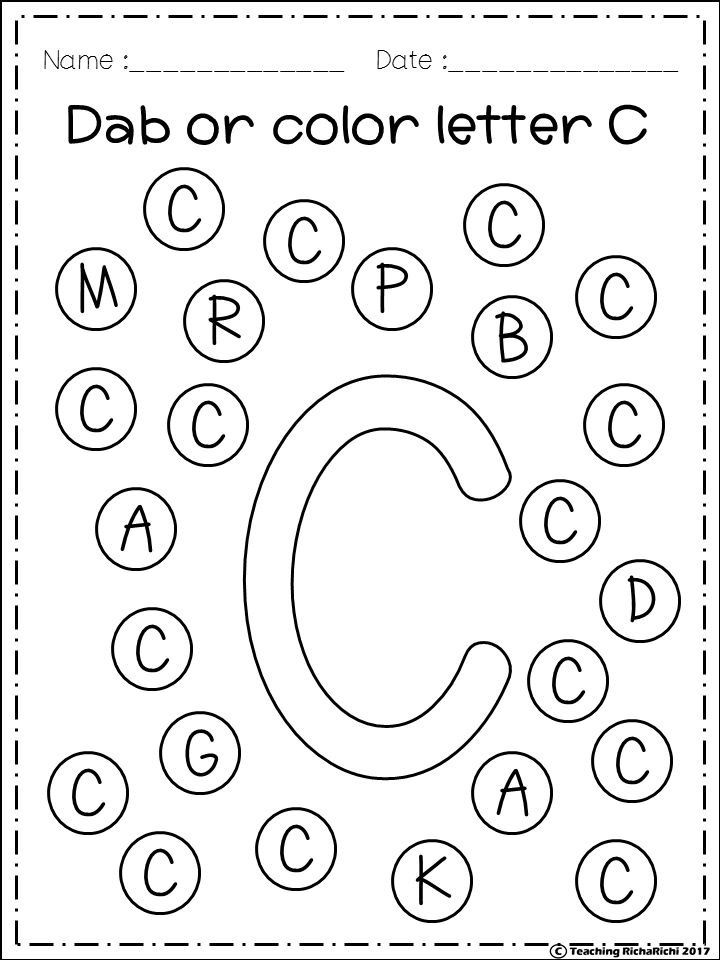 If you do not follow them, study will turn into drill and the child is unlikely to ever love to read. Here are a few such principles on how to properly learn the alphabet for a child.
If you do not follow them, study will turn into drill and the child is unlikely to ever love to read. Here are a few such principles on how to properly learn the alphabet for a child.
- Learn sounds first, not letters . At the first stage of learning, it does not matter how the letters in the alphabet are called correctly. Now only sounds are important for the child - "d", and not the letter "De". The names of the letters will only confuse the child, who first needs to learn to recognize the shape of the letters and their sound. nine0168
- Not learning the alphabet in the correct sequence . Until a child goes to school, it is of no use to him to know how the letters are arranged in the alphabet. This information will only distract him from what is really important: how the letters look and sound. The sequence of the alphabet can be learned later or even at school, where this knowledge will be tested by the teacher.
- Do not turn learning into a lesson .
 Learning from call to call is difficult even for children at school, let alone a baby. Therefore, all learning should take place in a playful way and not for long: 5-7 minutes a day to get acquainted with the letters will be enough. Gradually, this time can be increased, especially if the child likes the proposed games with letters. nine0168
Learning from call to call is difficult even for children at school, let alone a baby. Therefore, all learning should take place in a playful way and not for long: 5-7 minutes a day to get acquainted with the letters will be enough. Gradually, this time can be increased, especially if the child likes the proposed games with letters. nine0168 - Use material objects . At the age of 3-6 years, the child learns the world by touch and taste. It is difficult for him to work with abstract letters spoken aloud. Therefore, it is better to stock up on plasticine and paints and create letters that are more understandable to the child and can be touched. Such a game for children will allow the child to learn the letters of the alphabet and he will recognize them in different forms regardless of what they are made of.
- First vowels, then consonants . Vowel sounds are easier to pronounce, so it's worth starting with them. nine0168
The main thing is not to force anyone.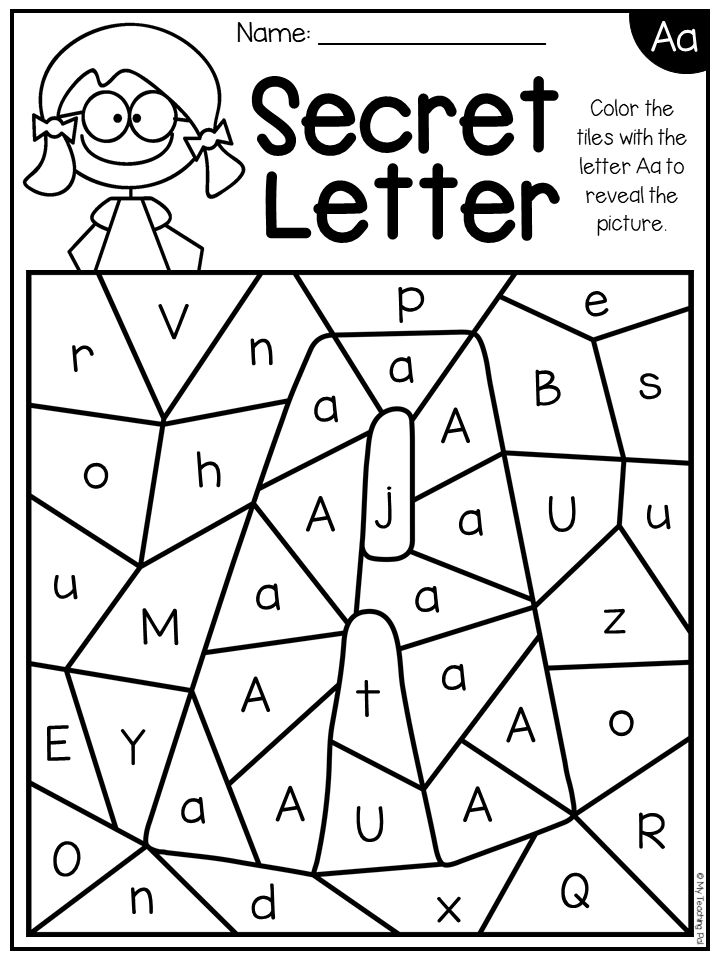 If you see that the child is inquisitive, enjoys exploring the world and is ready to learn, you can move on to learning letters and the alphabet. So the child will be happy to learn the alphabet in a playful way and gradually learn to read. So that the game is not abstract, you can use the magnetic letters TUMBLING.
If you see that the child is inquisitive, enjoys exploring the world and is ready to learn, you can move on to learning letters and the alphabet. So the child will be happy to learn the alphabet in a playful way and gradually learn to read. So that the game is not abstract, you can use the magnetic letters TUMBLING.
5 ways to learn the alphabet with your child
1. Use an interesting topic to study
Use your child's interest to spur his motivation to learn. For example, if your kid is crazy about cars, let them be the topic in which you learn the alphabet. Use any words related to cars:
"A" - bus
"B" - trunk
"C" - driver, etc.
You can show cars and their parts, draw or sculpt from plasticine. It is important that the child's focus shifts from learning to doing what they love. Additionally, the method will help expand vocabulary and knowledge about the world.
2. Cross out a letter of the alphabet in the list
Fill in a small square with arbitrary letters.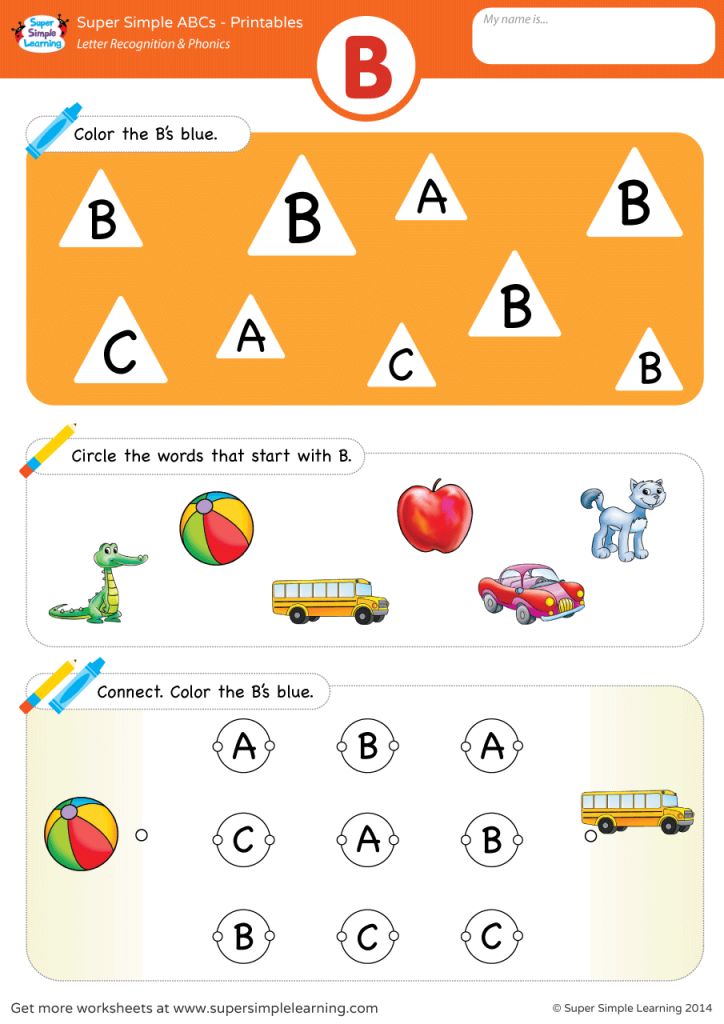 The task is to cross out only the letter that you are studying. This will help the child focus on one letter and not get distracted by the ones he doesn't remember or don't know. nine0003
The task is to cross out only the letter that you are studying. This will help the child focus on one letter and not get distracted by the ones he doesn't remember or don't know. nine0003
3. Take out the letters of the alphabet from the pouch
The soft-touch magnetic letters are perfect for this method. Put the letters in a bag and give the child the task, without looking, to pull out only the letter that you thought of. Let there not be too many letters in the bag, otherwise the child will get confused. 6-7 pieces will be enough. To start, use letters that are very different in shape, such as "O" and "M". Gradually, the complexity can be increased and searched among similar letters, for example, "K" and "X". Don't forget to praise and encourage your child. You can alternate the learning process with desktops. nine0003
4. Recognize letters of the alphabet by ear
You pronounce a word, and if it contains a hidden letter, the child claps his hands.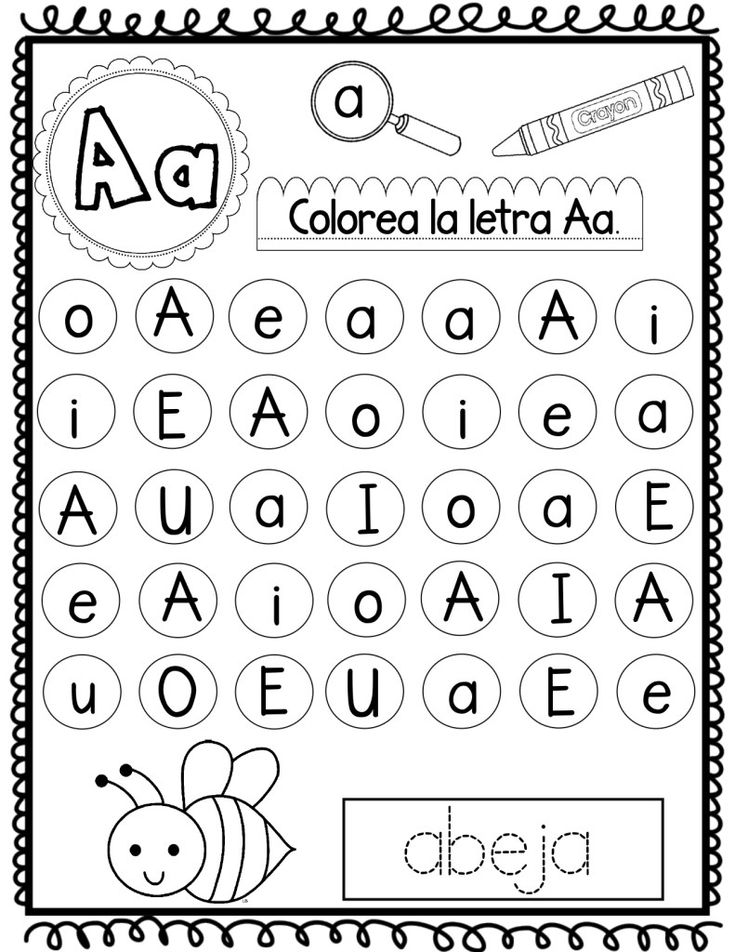
With this game for kids, you can learn individual letters or the entire alphabet. For example, you name a word, and the child inserts its first letter into the insert frame. To stimulate your child's interest, you can use only words from his favorite topic, for example, the names of animals.
5. Guess words starting with the first letter
You choose one letter and think of a word that starts with that letter. For example, the letter "Z":
- What is this animal with big ears and loves carrots?
- Hare!
This game form is again suitable for learning individual letters or the entire alphabet. If you learn only one letter, the child gets used to quickly recognizing it in different words. And if you give words with different letters, the child as a whole learns to understand with which letter they begin. With the study of the account and the English language will also help TUMBLING.
From the alphabet to reading
When a child learns the Russian alphabet, confidently recognizes all the letters in different words and can draw or mold them on his own, it is worth moving on to reading.

